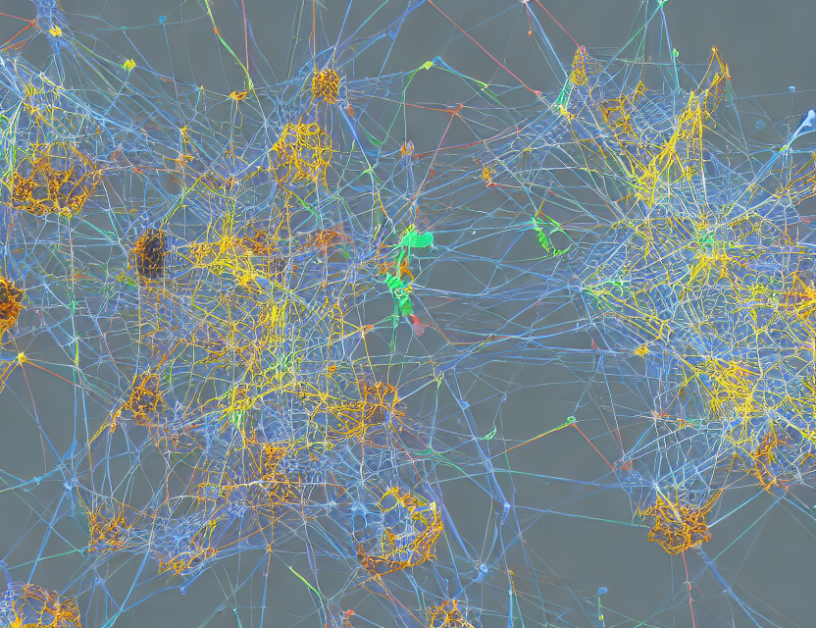In this article, the authors propose a new neural network architecture called Set Transformer, designed to address two main limitations of traditional attention mechanisms: (1) invariance to permutations and (2) computational efficiency. The Set Transformer achieves these goals by introducing a novel self-attention mechanism that allows the model to focus on different parts of the input sequence simultaneously, while also being robust to permutations.
The authors demonstrate the effectiveness of the Set Transformer in various natural language processing tasks, such as language translation and text classification. They show that their proposed architecture outperforms existing attention mechanisms in terms of both accuracy and computational efficiency.
To understand how the Set Transformer works, it’s helpful to consider an analogy with a group of people discussing a topic. In this scenario, each person represents a different part of the input sequence, and the self-attention mechanism allows the group to focus on different parts of the discussion simultaneously, while also taking into account the overall context of the conversation.
The Set Transformer is based on a mathematical framework that leverages the theory of permutation-invariant attention. This framework provides a systematic way to design attention mechanisms that are robust to permutations, while still capturing the underlying structure of the input sequence.
In summary, the Set Transformer is a powerful neural network architecture that addresses two main limitations of traditional attention mechanisms: invariance to permutations and computational efficiency. By introducing a novel self-attention mechanism, the Set Transformer achieves state-of-the-art performance in various natural language processing tasks while also being more efficient than existing approaches.
Computer Science, Machine Learning
Attention-Based Neural Networks: A Comprehensive Review



